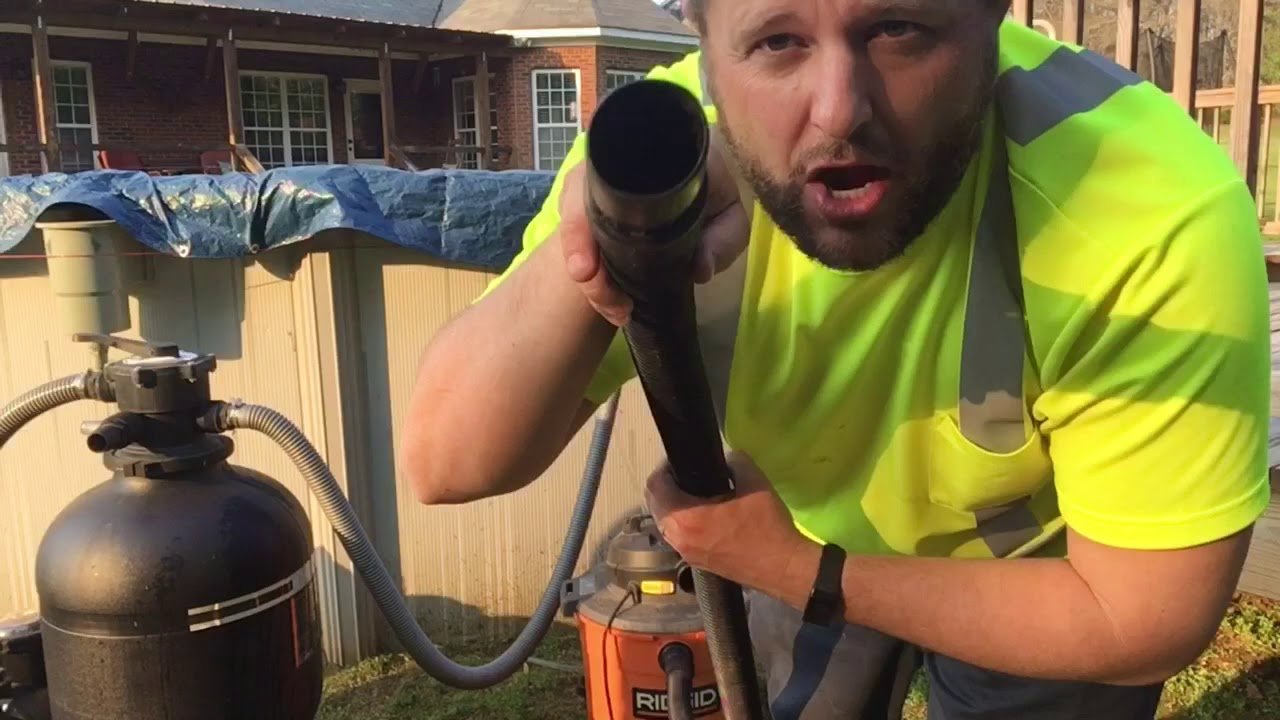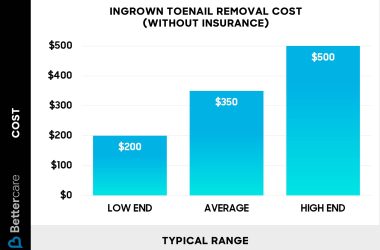Draining an inground pool without a pump? Yes, it’s possible. In this guide, we’ll walk you through the steps to safely and effectively drain your pool without the need for a pump. From utilizing a siphon method to preparing the drainage area, we’ve got you covered. So, if you find yourself in a situation where a pump isn’t an option, fear not – you can still get the job done with these techniques. Let’s dive in!
How to Drain an Inground Pool Without a Pump
Welcome to our guide on draining an inground pool without a pump. While pumps are commonly used for this task, there are situations where you might need an alternative method. Whether your pump is malfunctioning, you don’t have access to one, or you simply prefer a manual approach, we’ve got you covered. In this article, we’ll explore various techniques and tips to help you successfully drain your inground pool without a pump. Let’s dive in!
Assessing the Situation
Before you begin draining your inground pool, it’s essential to assess the situation and understand the reasons for draining. Whether you’re preparing for maintenance, repairs, or need to lower the water level, having a clear purpose will guide your draining process.
Consider the following factors:
Reasons for Draining
Determine why you need to drain your inground pool. Are you closing it for the season, cleaning, or dealing with a specific issue like algae infestation or equipment repairs?
Water Disposal Regulations
Check local regulations regarding water disposal. Some areas have specific guidelines on how to dispose of pool water to prevent environmental impact.
Equipment and Supplies
Make sure you have the necessary equipment and supplies for draining the pool. Even without a pump, you’ll need tools to facilitate the process.
Manual Siphoning Method
One of the most common techniques for draining an inground pool without a pump is manual siphoning. This method involves using a hose to create a siphon effect that draws water out of the pool. Here’s how you can do it:
Step 1: Gather Your Supplies
For manual siphoning, you’ll need a long garden hose, duct tape, and an area where the water can be safely discharged, such as a storm drain or a designated drainage area.
Step 2: Start the Siphon
Submerge one end of the hose in the pool water, making sure it’s completely filled with water. Next, cover the other end of the hose with your hand and quickly bring it to the discharge area, releasing the water to start the siphoning process.
Step 3: Monitor the Progress
Keep an eye on the water level as it decreases. You may need to reposition the hose to ensure it continues to drain effectively. Avoid letting the hose surface above the water level, as this will break the siphon.
Step 4: Secure the Hose
Once the water level is at your desired level, secure the hose to prevent it from shifting or floating and disrupting the draining process.
Using a Wet/Dry Vacuum
If manual siphoning seems too labor-intensive, another option is to use a wet/dry vacuum to drain your inground pool. While this method may be faster, it requires the right equipment and some precautions:
Step 1: Prepare the Vacuum
Ensure the wet/dry vacuum is suitable for removing water and can handle the volume of water in your pool. You may need an extension hose depending on the depth of your pool.
Step 2: Start Draining
With the vacuum properly set up, begin removing water from the pool. Follow the manufacturer’s instructions for the specific model you’re using.
Step 3: Empty the Vacuum
As the vacuum fills with water, empty it as needed to maintain efficient draining. Be cautious with electrical equipment around water and follow safety guidelines.
Step 4: Monitor the Progress
Continue draining the pool until you reach the desired water level. Keep an eye on the vacuum’s performance and be prepared to address any issues that may arise.
Using a Submersible Pump
While the focus of this article is on draining an inground pool without a pump, it’s worth mentioning that using a submersible pump is a common and effective method for pool draining. If you have access to a submersible pump and prefer a more automated approach, follow these steps:
Step 1: Submerge the Pump
Place the submersible pump in the pool water, ensuring it’s fully submerged and can effectively draw water out of the pool.
Step 2: Set Up the Discharge Hose
Attach a discharge hose to the pump and direct it to the desired drainage area. Make sure the hose is secure and properly positioned to avoid any issues.
Step 3: Turn On the Pump
Start the submersible pump and monitor the water level as it decreases. Ensure the pump is functioning correctly and address any issues promptly.
Step 4: Adjust as Needed
Adjust the pump’s settings or reposition it if necessary to optimize the draining process. Once the water level is where you want it, turn off the pump and disconnect it safely.
Final Considerations
Regardless of the method you choose to drain your inground pool without a pump, it’s crucial to prioritize safety and efficiency. Regularly check the progress, monitor the water level, and address any challenges promptly. Remember to follow local regulations for water disposal and take precautions to prevent flooding or damage to surrounding areas.
By following these tips and techniques, you can successfully drain your inground pool without a pump and ensure a smooth and hassle-free process. Now you’re equipped with the knowledge to tackle pool maintenance with confidence!
We hope this guide has been helpful, and if you have any questions or experiences to share, feel free to leave a comment below. Happy draining!
How to DRAIN an ABOVE GROUND POOL (Even Without A Pump)
Frequently Asked Questions
How can an inground pool be drained without a pump?
To drain an inground pool without a pump, one method is to siphon the water using a garden hose. Simply submerge one end of the hose in the pool and create a siphon by sucking on the other end until water starts flowing out. Ensure the other end of the hose is placed at a lower point than the pool to allow gravity to do the work.
Is it possible to drain an inground pool using a wet-dry vacuum?
Yes, draining an inground pool with a wet-dry vacuum is feasible. To do this, set the vacuum to vacuum up liquids and connect the hose to the vacuum’s drainage outlet. Submerge the hose into the pool, turn on the vacuum, and let it suck up the water until the pool is drained.
Are there any risks or precautions to consider when draining an inground pool without a pump?
When draining an inground pool without a pump, it’s essential to consider the risk of causing damage to the pool’s structure if the water level drops too low. To mitigate this risk, monitor the drainage process regularly and ensure that there is always enough water remaining to support the pool’s integrity. Additionally, be cautious of where the drained water flows to avoid causing flooding or erosion issues.
Final Thoughts
Draining an inground pool without a pump is a feasible task with alternative methods. Utilizing a siphon is an efficient way to remove water without the need for a pump. By understanding the gravity principle, one can easily siphon water out of the pool. These simple techniques ensure that draining an inground pool without a pump can be done effectively and affordably. Remember, with the right approach and precautions, the process of how to drain an inground pool without a pump can be successfully accomplished.












